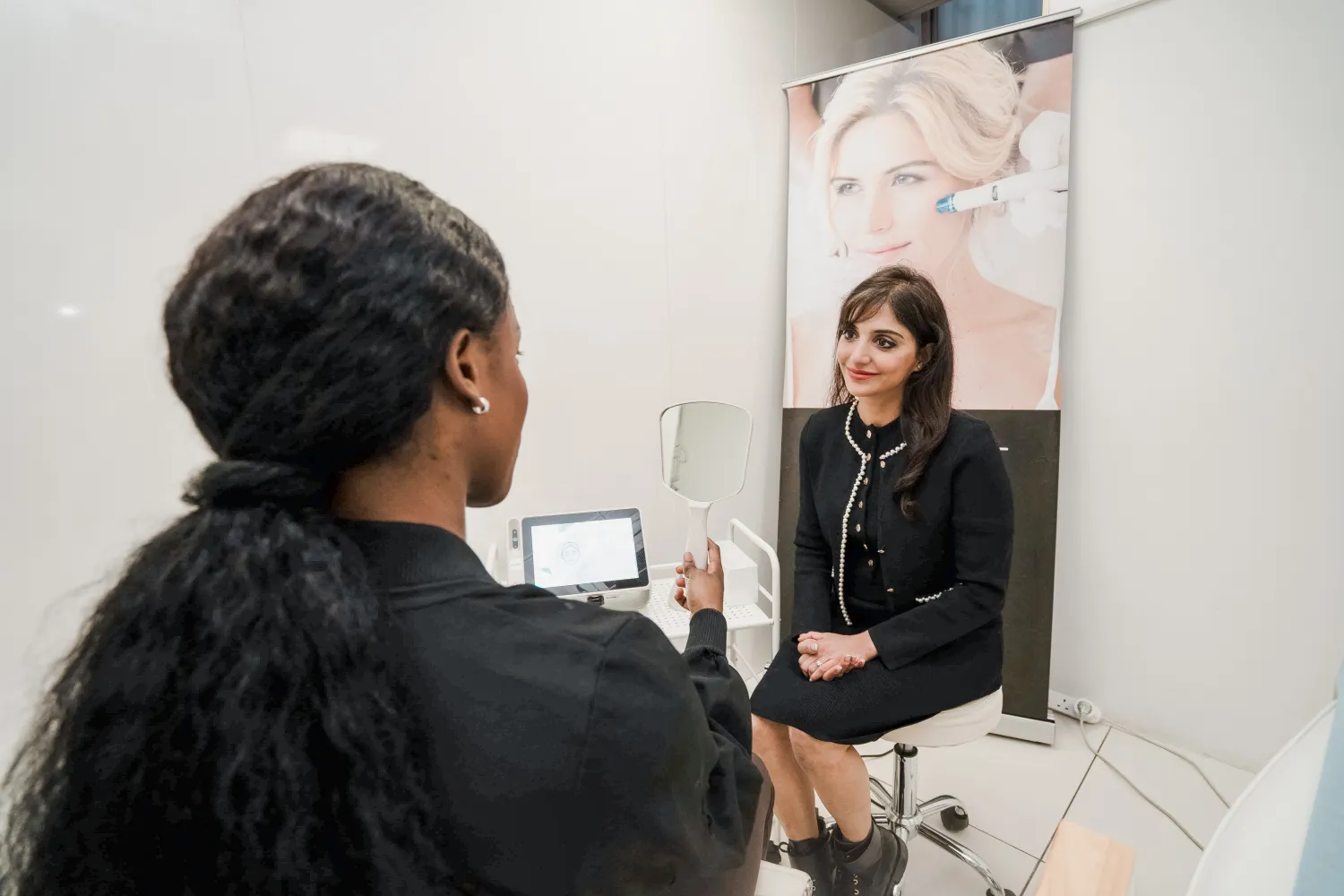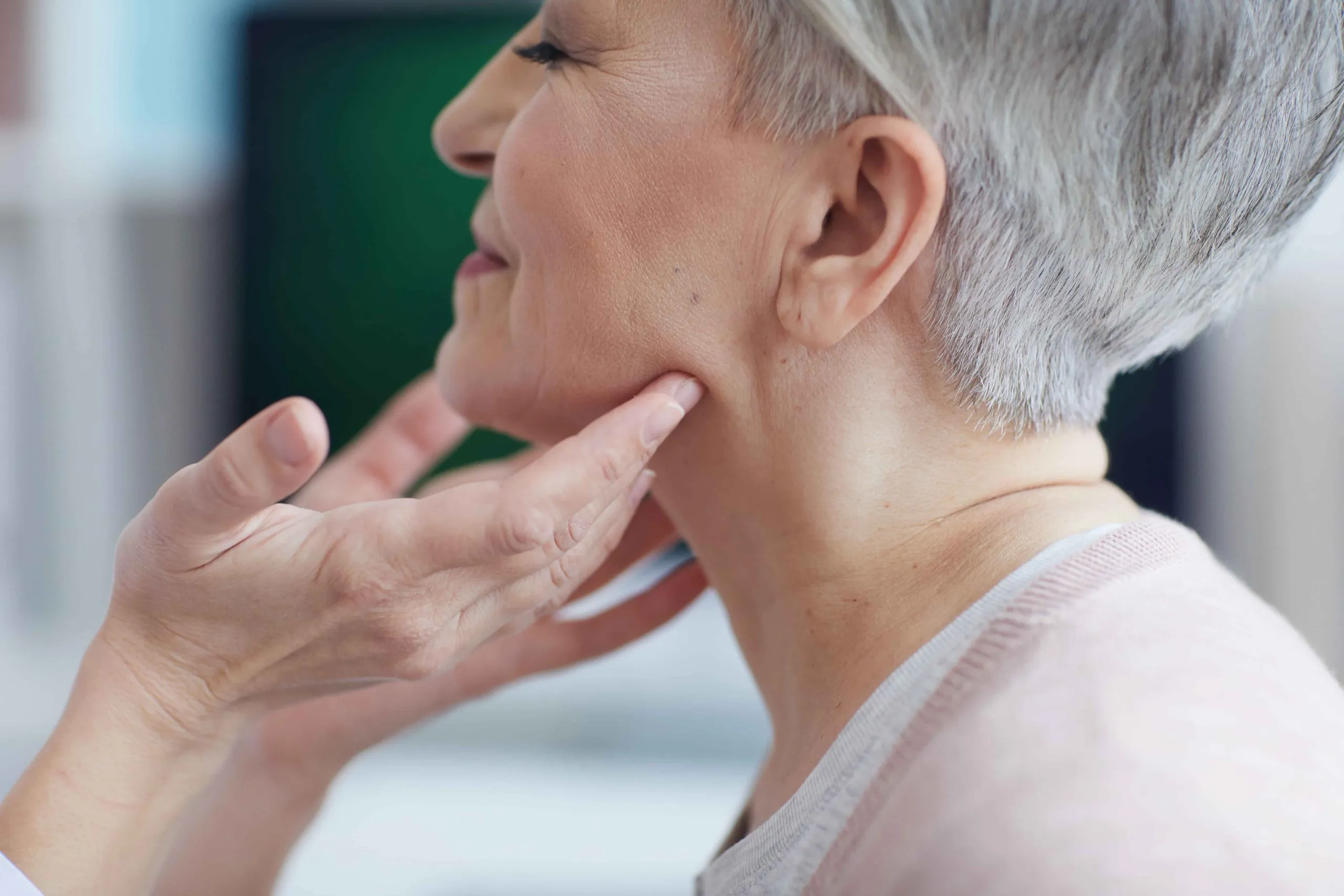Platelet-rich plasma (PRP) is derived from your own blood. Healthcare professionals take a sample of your blood and process it to increase the number of platelets in the plasma before injecting it back into your body. These platelets have healing abilities. PRP injections can provide important benefits for injuries and conditions related to muscles and bones that are slow to heal.
But does platelet rich plasma work? Let’s take a closer look.
Does Platelet Rich Plasma Work?
Platelet-rich plasma (PRP) therapy is showing promise for certain conditions, especially in sports injuries and wound healing. However, how well it works depends on the condition being treated and individual factors:
Hair Loss:
PRP has been found to help with male and female pattern baldness by improving hair thickness and boosting hair follicle growth.
Soft Tissue Injuries:
PRP injections are often used to treat minor tendon injuries like Achilles tendon tears, tendonitis, and chronic conditions such as tennis elbow or golfer’s elbow.
Osteoarthritis:
Some studies suggest PRP may help reduce pain and stiffness in osteoarthritis, especially in the knee, but results are not always consistent.
Wound Healing:
PRP is used to speed up healing for wounds and bone regeneration, particularly in dental and oral surgery.
Skin Rejuvenation:
PRP is sometimes used as an anti-ageing treatment to improve skin appearance. However, there isn’t much scientific proof that it can effectively reduce wrinkles or other signs of ageing.
Post-Surgical Healing:
PRP helps speed up recovery after jaw and plastic surgery. It’s also used after surgeries on muscles, tendons, and ligaments since these tissues take a long time to heal.
How Does PRP Work?
PRP works by using platelets from your own blood, which are packed with special proteins called growth factors. These growth factors help your body heal by repairing damaged tissues and reducing inflammation.
Here’s how PRP may help:

Book your personalised consultation with our expert team
- Advanced non-surgical aesthetic treatments for face and body
- Personalised treatment plan created using our cutting-edge OBSERV Face Scan
- Led by experienced doctors with a "Safety First" approach
- It starts the healing process by creating mild inflammation in the area being treated.
- It boosts collagen production, which is essential for strong and healthy tissues.
- It helps cells regenerate and renew, which slows down as we age.
- Over time, it can reduce long-term inflammation, easing chronic pain and improving function.
Some people find PRP (platelet-rich plasma) injections helpful, while others do not. Doctors are not sure why there is such a difference in results, so they cannot guarantee that PRP therapy will work for everyone. However, if you have a tough condition that isn’t improving, it might be worth considering.
One reason for this could be that there is no standard way to prepare the platelet-rich plasma, leading to different products with varying ingredients. For example, the number of platelets in the plasma can differ.
Scientists are trying out different PRP formulas to see which ones work best for specific conditions. Sometimes, they add white blood cells to the plasma or change the levels of clotting factors, which are the proteins that help your blood clot.
Doctors who give PRP treatments often see them as a helpful addition to other treatments rather than a standalone solution. Many times, they use PRP shots alongside other treatments, such as cortisone injections or gel shots for arthritis.
Factors Influencing the Effectiveness of PRP
The success of PRP therapy depends on various factors, including:
The Patient’s Overall Health:
Younger and healthier individuals may respond better to treatment.
Condition Being Treated:
PRP works better for some conditions than others. Its effectiveness varies depending on whether it’s used for injuries, arthritis, hair loss, or skin treatments.
Preparation Method:
The way PRP is processed affects how many platelets and growth factors it contains, which can impact how well it works. Different preparation techniques may lead to different results.
Individual Health Factors:
A patient’s overall health, age, and the severity of their injury or condition play a big role in how well PRP therapy works for them.

Discover what's possible with our expert team
- Over 20 years of combined experience in aesthetic medicine
- A "Safety First" approach at the core of all our treatments
- Bespoke treatment plans tailored to your unique goals
Consistency of Treatments:
Some conditions require multiple PRP sessions to see noticeable results.
Final Thoughts
Does PRP really work? The answer depends on the individual and the condition being treated. While many people report benefits, scientific research is still ongoing to determine how effective PRP truly is. If you’re considering PRP injections, it’s best to consult with a qualified specialist to see if it’s the right option for you.
Frequently Asked Questions
PRP injections can be helpful for male pattern baldness by both slowing down hair loss and encouraging new hair growth. It’s also used to support hair regrowth after a hair transplant.
After a PRP treatment, you might experience some swelling and mild pain. This happens because PRP triggers your body’s natural healing response, similar to how your body reacts to an injury. The swelling and discomfort are signs that the treatment is working and usually go away within a day or two.
PRP may not work for everyone. For example, people with severe osteoarthritis or advanced joint damage might not see much benefit. Additionally, PRP is not recommended for individuals with certain health risks, such as active infections or metastatic diseases.
PRP may not work for everyone. For example, people with severe osteoarthritis or advanced joint damage might not see much benefit. Additionally, PRP is not recommended for individuals with certain health risks, such as active infections or metastatic diseases.
It can take a few weeks to notice the first signs of improvement, like reduced pain or better skin and hair health. However, deeper healing—such as tissue repair or new hair growth—may take several months. Some people need multiple PRP sessions to achieve their desired results.
The benefits of PRP can last anywhere from six months to a year or more, depending on the condition being treated. Over time, you should continue to see improvements, and PRP can also help enhance long-term healing, not just provide temporary relief.






